Interesting history of registration numbers
-
Similar Content
-
- 242 replies
- 42,774 views
-
- 1,457 replies
- 257,162 views
-
- 224 replies
- 43,283 views
-
MOT History?
By Hendry,
- 11 replies
- 1,658 views
-
- 439 replies
- 117,108 views
-
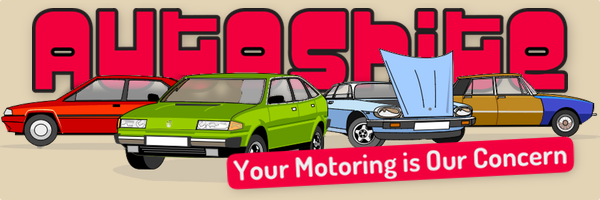
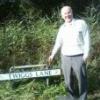
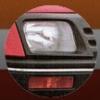
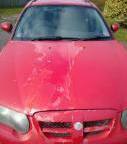
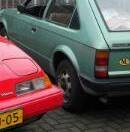
Recommended Posts
Create an account or sign in to comment
You need to be a member in order to leave a comment
Create an account
Sign up for a new account in our community. It's easy!
Register a new accountSign in
Already have an account? Sign in here.
Sign In Now